Process of Developing an IoT Application Step by Step
If you're looking to step into the world of the Internet of Things (IoT), this article is for you. We specialize in developing IoT applications in a simple, efficient, and user-friendly way.
In this post, we'll walk you through the entire process of developing IoT applications in simple, easy-to-understand language step by step, without using complex jargon. Our goal is to help you understand how an IoT application is built and how it can benefit you.
IoT is the science of connecting physical devices over the Internet to build an intelligent and connected world. IoT uses intelligent software solutions and allows communication between objects via sensors or various communication devices such as Wi-Fi, Bluetooth, NFC, RFID, and more.
We offer innovative and next-level application development services to solve real-world problems in various industry vertical areas.
We offer end-to-end IoT application development services, including both hardware and software support, with the goal of providing the best performance in software and hardware technologies.
Process of Developing an Internet of Things (IoT) Application
IoT, or the Internet of Things, refers to the technology that connects everyday objects to the internet. Examples include smart bulbs, smart refrigerators, and sensors installed in cars.
All these devices connect to the internet to send and receive data. This helps automate tasks and makes your life easier. For example, you can turn on your home’s AC using your phone from anywhere.
The concept of the Internet of Things (IoT) is extremely popular in mobile software development. Internet solutions for objects greatly simplify our everyday lives, while data is received, sorted, and processed using special electronic equipment (various sensors, chips, video cameras, measuring devices, etc.).
The term “Internet of Things” refers to a homogeneous network that connects the real objects around us and supports the exchange of information between them without human intervention.
Connection methods can include any type and combination of cable (twisted pair, coaxial, power supply) and wireless (Wi-Fi, Bluetooth, NFC, mobile) connections. This process implements the “machine-to-machine” (M2M) principle.
Process for IoT Application Development
Now, let’s look at how we develop an IoT application at Adequate Infosoft. The process involves several steps, and I’ll explain each one in simple, easy-to-understand language.
Understand the problem
First, decide what you want to build. For example, do you want to build a smart home device? Or an industrial monitoring system? Understand the problem well.
- Who will use it?
- What problem will it solve?
- What should the device do?
Example: If you want to build a smart door lock, decide how it will work. Will it open with a fingerprint? Or with a mobile app?
Do research
Now start researching, see what is already in the market. Understand your competitors. Also check what hardware and software you need.
- What sensors do you need? (e.g. temperature, motion, or light sensor)
- Which microcontroller will you use? (e.g. Arduino, Raspberry Pi)
- Do you need a cloud server?
Research will help you choose the right tools. For example, if you want to build smart lights, you will need a Wi-Fi module and LED sensors.
Choose hardware
Hardware is very important in IoT devices. You need to choose the right devices and sensors.
- Arduino: Inexpensive and good for beginners.
- Raspberry Pi: More powerful, like a small computer.
- ESP32/ESP8266: With Wi-Fi and Bluetooth, best for IoT.
- Sensors: Temperature, humidity, motion, or pressure sensors.
For example, to build a smart thermostat, you need a temperature sensor (such as DHT11) and a Wi-Fi module.
Software and programming
IoT devices need software to control them
- Programming language: You can use C, Python, or JavaScript. C/C++ is popular for Arduino.
- IDE: Use Arduino IDE or PlatformIO.
- Cloud platform: You can use AWS IoT, Google Cloud IoT, or Microsoft Azure to store and process data.
- Mobile app: It may be necessary to create an app for the user. You can use Flutter or React Native.
Let’s say you want to make smart lights, then you need to program the Arduino so that it connects to Wi-Fi and turns the lights on/off.
Create a prototype
Now it’s time to create a prototype. The prototype is a test model of our product.
- Add the hardware (such as sensors, microcontroller, and wiring).
- Write basic code and test the device.
- Check data collection and connectivity.
For example, to test a smart door lock system, we connect the Arduino and fingerprint sensor, then check if the lock opens with the correct fingerprint.
Set up connectivity
It is necessary to connect the IoT device to the internet.
- Wi-Fi/Bluetooth: Use Wi-Fi or Bluetooth for small devices.
- Protocol: Use protocols like MQTT or HTTP for data transfer.
- Cloud: Set up a cloud server to store data.
Ensure security
Securing IoT devices is very important. Hackers can target the device. Some tips:
- Encryption: Encrypt data (such as TLS/SSL).
- Passwords: Use strong passwords.
- Firmware updates: Update the device regularly.
- Network security: Use firewalls and secure Wi-Fi.
Design the user interface (UI)
The user needs an interface to control the device. This can be a mobile app or a web dashboard.
- Keep the UI simple and user-friendly.
- Include essential features like on/off, data views, and settings.
- Use tools like Flutter, React Native, or Blynk.
Testing
Testing is very important.
- Functionality test: Does the device work properly?
- Performance test: Does it send data quickly?
- Security test: Is the device hack-proof?
- User test: Is it easy for users to use it?
Deployment and maintenance
When the prototype is ready, launch it. Keep a few things in mind:
- Scaling: If there are more users, scale the system.
- Maintenance: Update the device and software regularly.
- Customer support: Create a support system to help users.
Take feedback
Take feedback from users after the launch. Here are a few things to keep in mind:
- What improvements are needed?
- What problems are you facing?
- Do you need a new feature?
- With feedback, you can improve the device.
Some essential tools and technologies
| Hardware | Arduino, Raspberry Pi, ESP32, NodeMCU. |
|---|---|
| Sensors | DHT11 (temperature), PIR (motion), LDR (light). |
| Cloud platform | AWS IoT, Google Cloud, Microsoft Azure. |
| Protocol | MQTT, HTTP, CoAP. |
| Programming | C, Python, JavaScript. |
| App development | Flutter, React Native, Blynk. |
Challenges and solutions
Power management
It is difficult to run IoT devices on low power. Use low-power microcontrollers.
Security
There is a risk of hacking. Use encryption and regular updates.
Connectivity
Internet connection may drop. Develop offline mode and backup system.
Smart Home System: Process Workflow
Suppose you want to build a smart home system. This system will control lights, fans, and door locks.
Process:
Benefits of The Internet of Things (IoT)
There are many areas in the implementation of IoT. These can be intellectually managed homes (so-called smart homes), medical facilities that automatically diagnose and determine treatments based on anamnesis and survey results, or logistics companies that track the location of their vehicles in real-time, and so on.
Want to learn more about developing IoT applications? In this article, we provide an overview of the main principles, rules, and tools for building the application of the Internet of Things.
IoT is the science of connecting physical devices over the Internet to build an intelligent and connected world. IoT uses intelligent software solutions and allows communication between objects via sensors or various communication devices such as Wi-Fi, Bluetooth, NFC, RFID, and more.
Our goal is to provide notched IoT mobile applications that create an intelligent connection and bridge the gap between man and machine. Our dynamic IoT application solutions can help your business leapfrog.

Our IoT Application Development Services
Our offshore Internet of Things application development company provides end-to-end Internet of Things application development services at affordable rates. Developing the Internet of Things services includes:
IoT Gateway Development
We are one-stop shops for the Internet of Things for all IoT development requirements, so we are developing an IoT gateway for its application.
IoT Implementation & Support
Not only do we provide web application development services for objects, but we also provide full support and maintenance services to our prestigious clients.
Connectivity with Wearable Devices
Our IoT development company in India has a wealth of domain expertise in developing and connecting to all types of wearable device applications.
Voice-Enabled Technology Solutions
Our Internet of Things application development company is always striving to provide advanced IoT mobile application development solutions and voice-based technology solutions.
Data Analytics
Our advanced IoT mobile applications can perform the advanced level of data analysis that best suits your business needs.
IoT Development Consultancy
We offer consulting services related to the development of the Internet of Things through our experienced IoT application consultants. Do you want a free consultation today? get a quote now.
IoT Application Development
Our IoT mobile application programmers and developers will help you find the right IoT development solution. We offer flexible strategies mixed with great security to handle new and diverse IoT devices.
Backend & API Development
Our team of expert web programmers and coders provides complete background and API development solutions to our prestigious clients.
Application Development for IoT Devices
Our IoT application development team helps you develop a specific application for different devices, helping you achieve your business goal and making the most of IoT development technology.
Principles we follow into account by IoT developers before creating an application
Our offshore Internet of Things application development company provides end-to-end Internet of Things application development services at affordable rates. Developing the Internet of Things services includes:
Ensure secure data collection
The collection of information takes place via special equipment (sensors, etc.) outside the usual data transmission networks.
Therefore, when developing the application of the Internet of Things, it is very important to think about ways to protect the information received (especially the integrity and security of the initial settings of such devices and the mechanisms for encrypting sensitive data).
Organize high-performance data streaming
Data collection systems usually consist of hundreds or even thousands of electronic devices.
Therefore, in order to efficiently transmit such large amounts of information, independent mechanisms other than traditional packet transmission need to be considered.
Create an IoT platform
The IoT platform is a set of software tools that work together to help organize, store, and process data from electronic devices.
Develop an IoT solution in the cloud
Cloud solutions are commonly used to quickly deliver processed data to a user device and to organize centralized storage.
Such systems can ensure the efficient operation of the Internet of Things using minimal operating costs and requirements for bearer networks.
Ensure efficient data management
In-memory analysis and data processing systems are most commonly used.
Such solutions ensure that the processed results are quickly delivered to the end-user, even in the event of a failure of the data collection devices.
Given the importance of the Internet of Things, there are plenty of training resources and tools available today that allow IoT solutions to be developed in a relatively short amount of time.
In addition, money spent on developing IoT applications will increase rapidly in the coming years. This signals the great potential of the Internet of Things ecosystem.

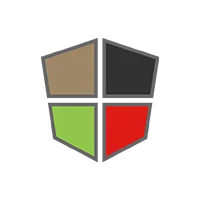 Mean Stack Development
Mean Stack Development
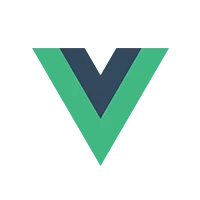 Vue JS Development
Vue JS Development
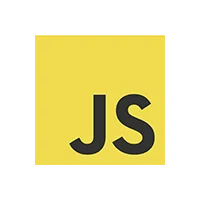 Javascript Development
Javascript Development
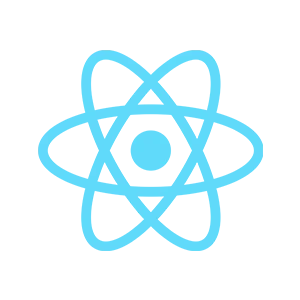 React JS Development
React JS Development
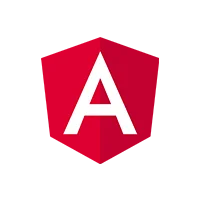 Angular JS Development
Angular JS Development
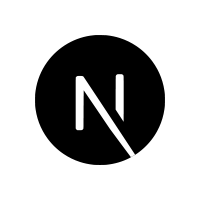 Next JS development
Next JS development
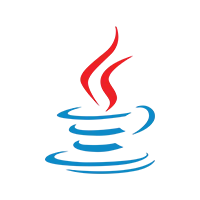 Java Development
Java Development
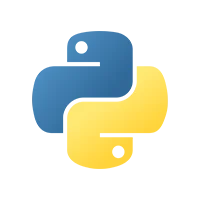 Python Development
Python Development
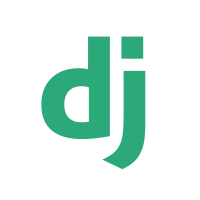 Django Development
Django Development
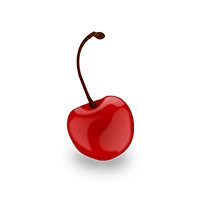 Cherrypy Development
Cherrypy Development
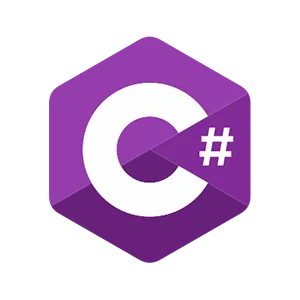 C# Development
C# Development
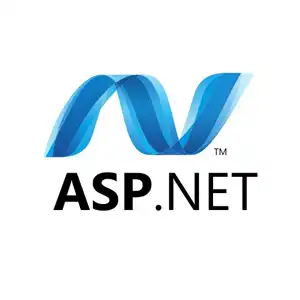 ASP.NET Development
ASP.NET Development
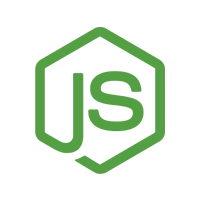 NodeJS Development
NodeJS Development
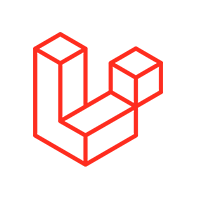 Laravel Development
Laravel Development
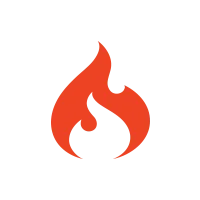 CodeIgniter Development
CodeIgniter Development
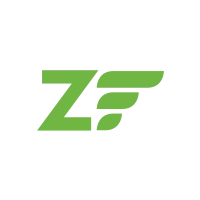 Zend Development
Zend Development
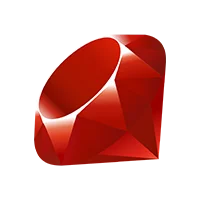 Ruby on Rails Development
Ruby on Rails Development
 CakePHP Development
CakePHP Development
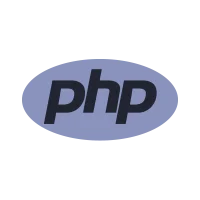 PHP Website Development
PHP Website Development
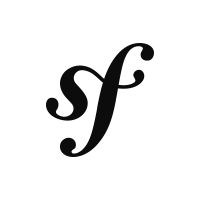 Symfony Development
Symfony Development
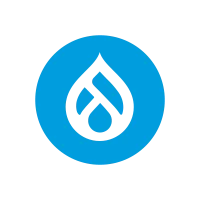 Drupal Development
Drupal Development
 Joomla Development
Joomla Development
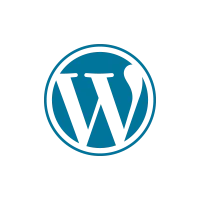 Wordpress Development
Wordpress Development
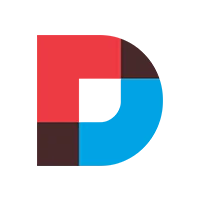 .NET Nuke Development
.NET Nuke Development
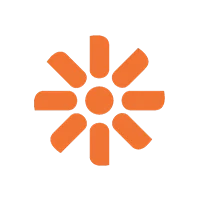 Kentico
Kentico
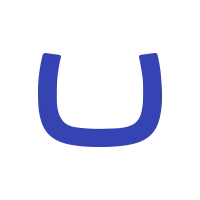 Umbraco
Umbraco
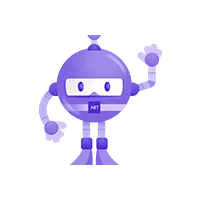 .NET MAUI Development
.NET MAUI Development
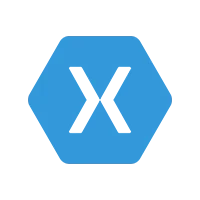 Xamarin Application Development
Xamarin Application Development
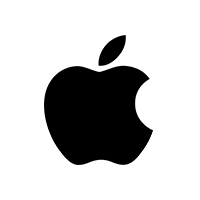 iOS Application Development
iOS Application Development
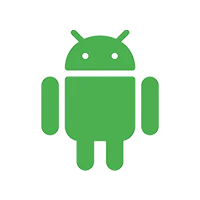 Android Application Development
Android Application Development
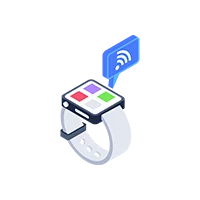 Android Wear App Development
Android Wear App Development
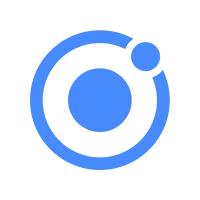 Ionic Development
Ionic Development
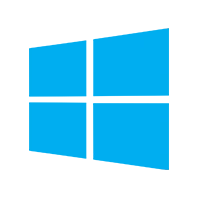 Universal Windows Platform (UWP)
Universal Windows Platform (UWP)
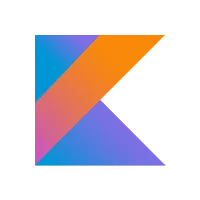 Kotlin Application Development
Kotlin Application Development
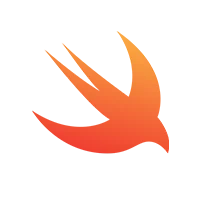 Swift Application Development
Swift Application Development
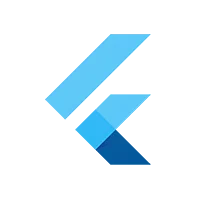 Flutter Application Development
Flutter Application Development
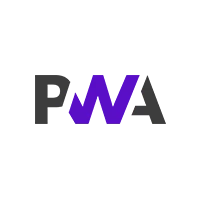 PWA Application Development
PWA Application Development
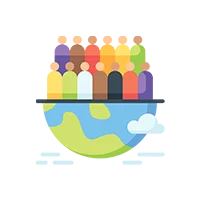 Offshore Software Development
Offshore Software Development
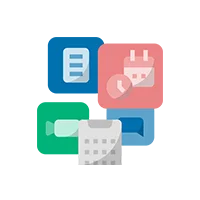 Custom Application Development
Custom Application Development
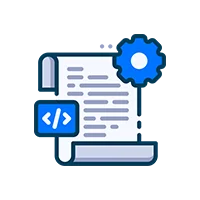 Front-End Development
Front-End Development
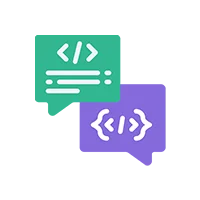 Full Stack Development
Full Stack Development
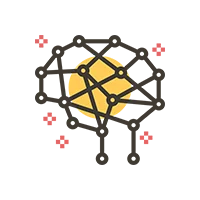 AI & Machine Learning
AI & Machine Learning
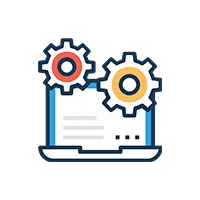 Custom CRM Solutions
Custom CRM Solutions
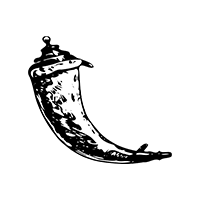 Flask Software Development
Flask Software Development
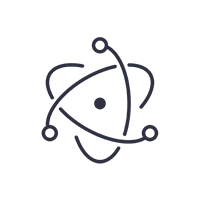 Electron JS Development
Electron JS Development
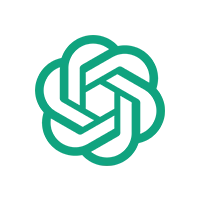 ChatGPT Development
ChatGPT Development
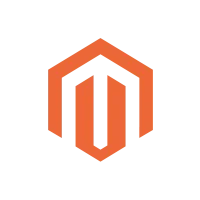 Magento Development
Magento Development
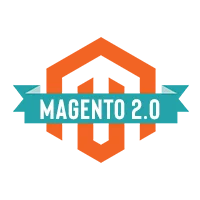 Magento 2.0 Development
Magento 2.0 Development
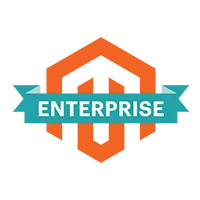 Magento Enterprise
Magento Enterprise
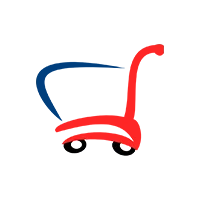 Shopping Cart Development
Shopping Cart Development
 Prestashop Development
Prestashop Development
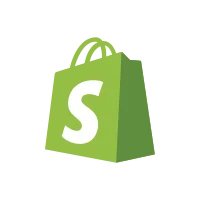 Shopify Development
Shopify Development
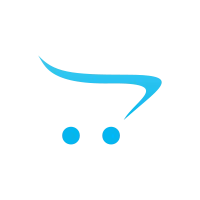 Open Cart Development
Open Cart Development
 WooCommerce Development
WooCommerce Development
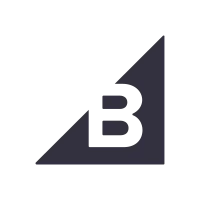 BigCommerce Development
BigCommerce Development
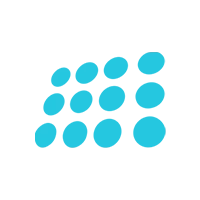 NopCommerce Development
NopCommerce Development
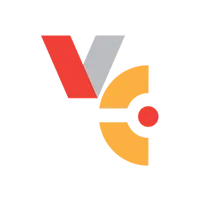 Virto Commerce Development
Virto Commerce Development
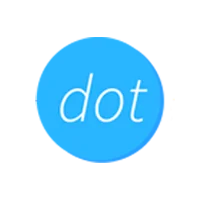 AspDotNetStorefront Development
AspDotNetStorefront Development
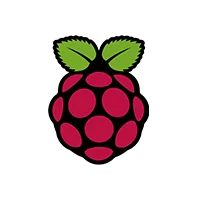 RaspBerry Pi
RaspBerry Pi
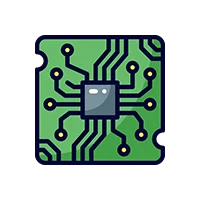 Firmware Software Development
Firmware Software Development
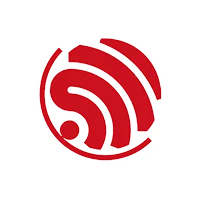 ESP 32 Software Development
ESP 32 Software Development
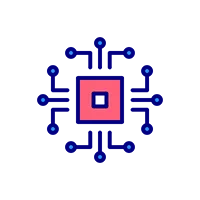 Embedded Development
Embedded Development
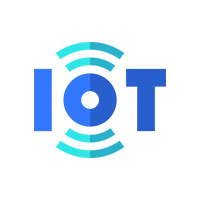 Internet of Things
Internet of Things
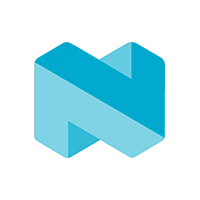 Nordic Development
Nordic Development
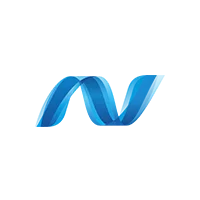 .NET Application Development
.NET Application Development
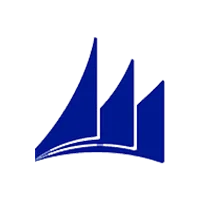 Microsoft Dynamics CRM
Microsoft Dynamics CRM
 VB .NET Development
VB .NET Development
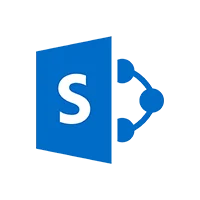 Sharepoint Migration
Sharepoint Migration
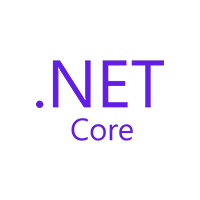 ASP.NET Core Development
ASP.NET Core Development
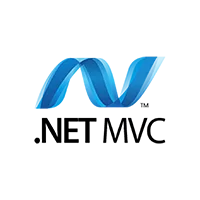 ASP.NET MVC Development
ASP.NET MVC Development
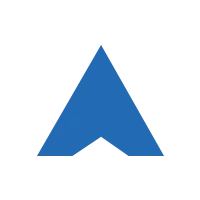 AJAX Development
AJAX Development
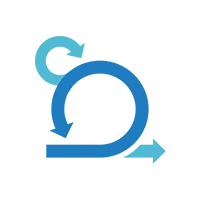 Agile Development
Agile Development
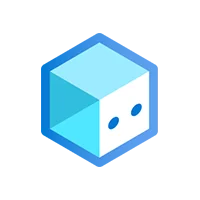 Microsoft Bot
Microsoft Bot
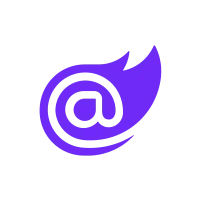 Microsoft Blazor
Microsoft Blazor
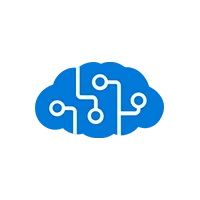 Microsoft Azure Cognitive
Microsoft Azure Cognitive
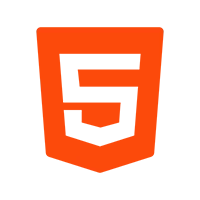 HTML 5
HTML 5
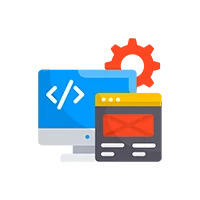 UI/UX Design
UI/UX Design
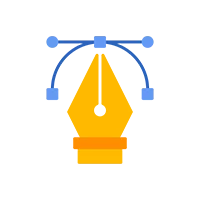 Graphic Design
Graphic Design
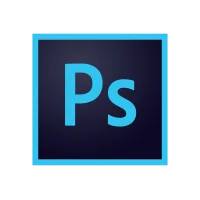 Adobe Photoshop
Adobe Photoshop
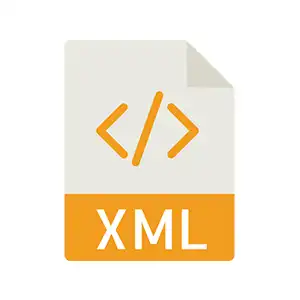 XML Application Development
XML Application Development
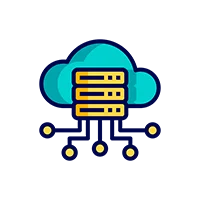 Cloud Computing Solutions
Cloud Computing Solutions
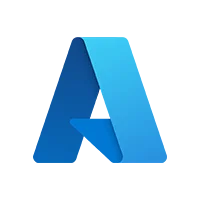 Azure Cloud App Development
Azure Cloud App Development
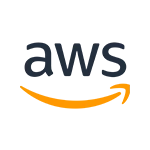 AWS Development
AWS Development
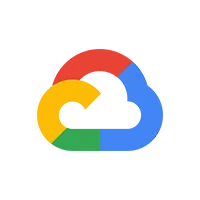 Google Cloud Development
Google Cloud Development
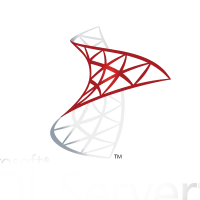 SQL Programming Development
SQL Programming Development
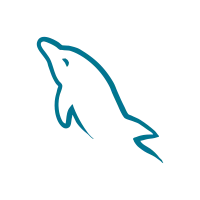 MySQL Development
MySQL Development
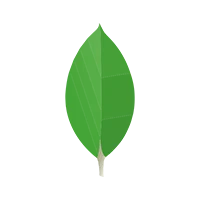 MongoDB Development
MongoDB Development
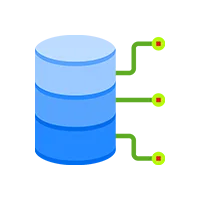 Big Data
Big Data
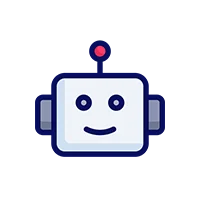 Robotic Process Automation
Robotic Process Automation
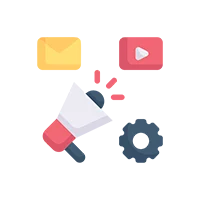 Social Media Marketing
Social Media Marketing
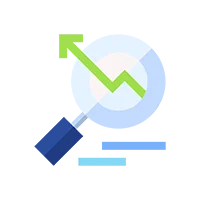 Search Engine Optimization
Search Engine Optimization
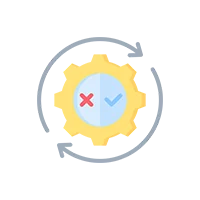 QA Testing
QA Testing
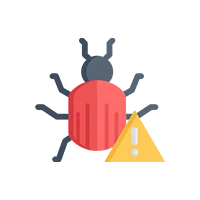 Software Testing
Software Testing
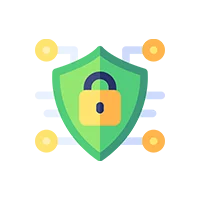 Software Security
Software Security
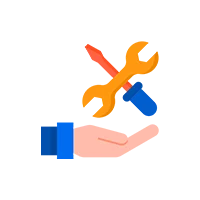 Maintenance And Support
Maintenance And Support
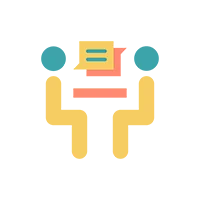 I.T. Consulting Services
I.T. Consulting Services
 Business Intelligence
Business Intelligence
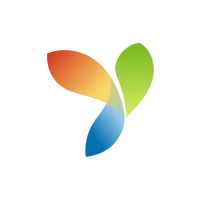 YII Development
YII Development
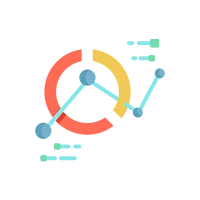 Data Analysis
Data Analysis
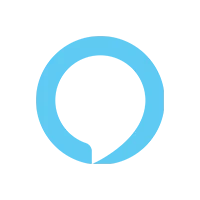 Alexa Skills Development
Alexa Skills Development
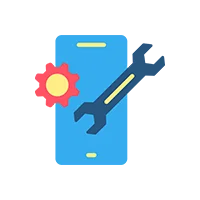 On Demand App for Mobile repairing services
On Demand App for Mobile repairing services
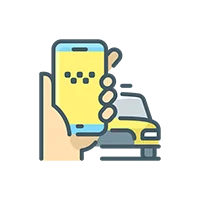 On Demand App for Car Service Booking
On Demand App for Car Service Booking
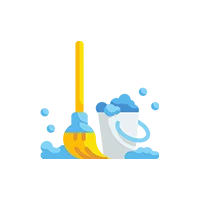 On Demand App for Cleaning Services
On Demand App for Cleaning Services
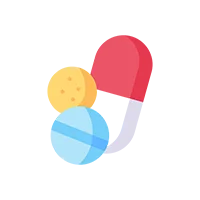 On Demand App for Pharmacy
On Demand App for Pharmacy
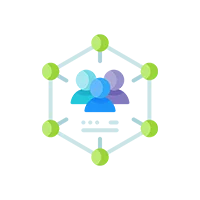 On Demand Dedicated Developers
On Demand Dedicated Developers










